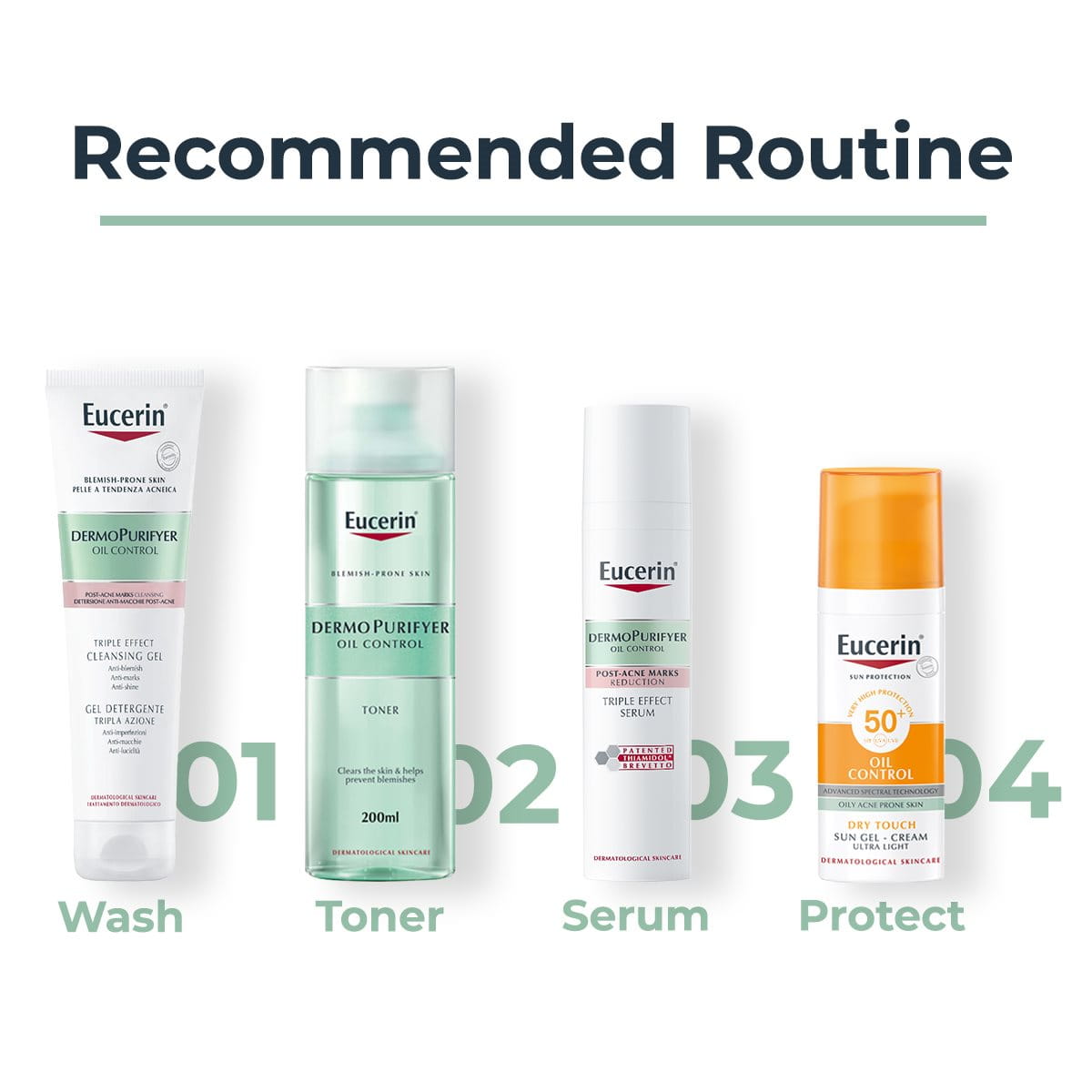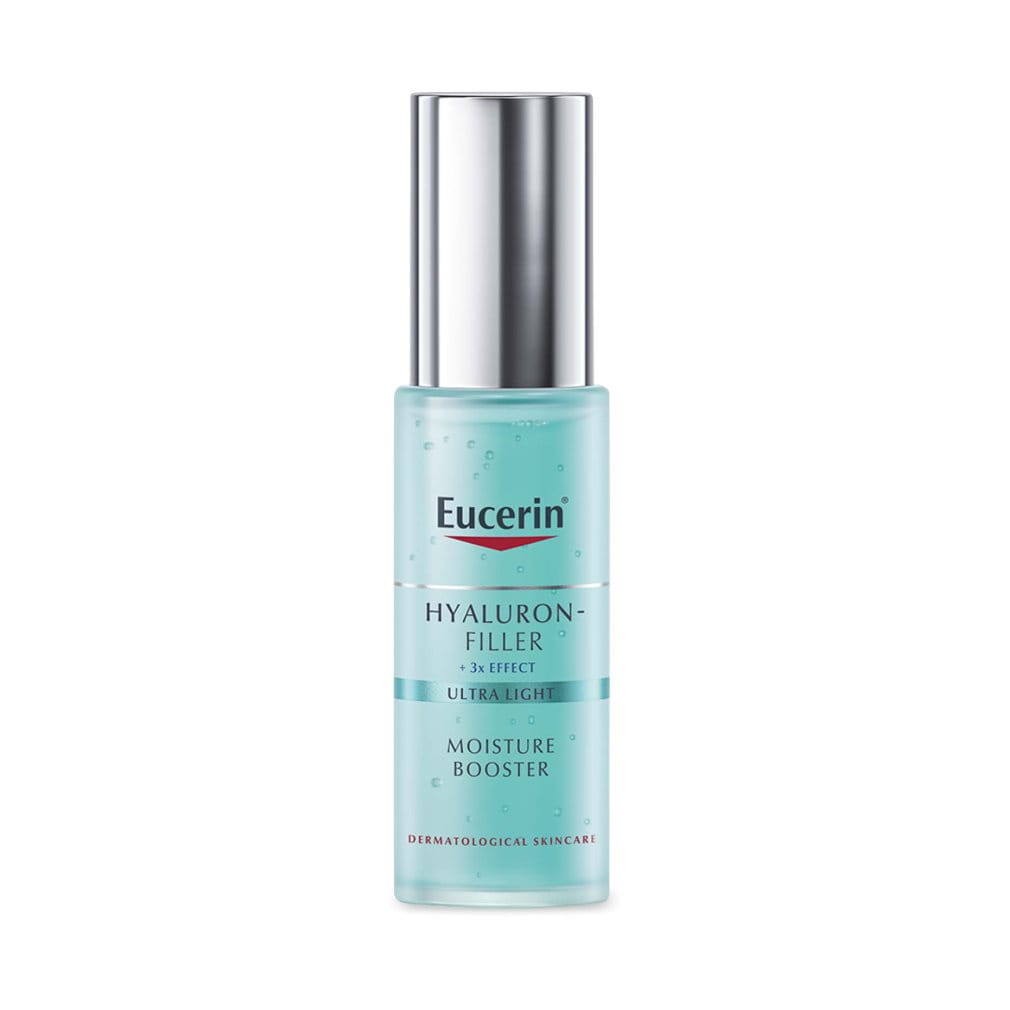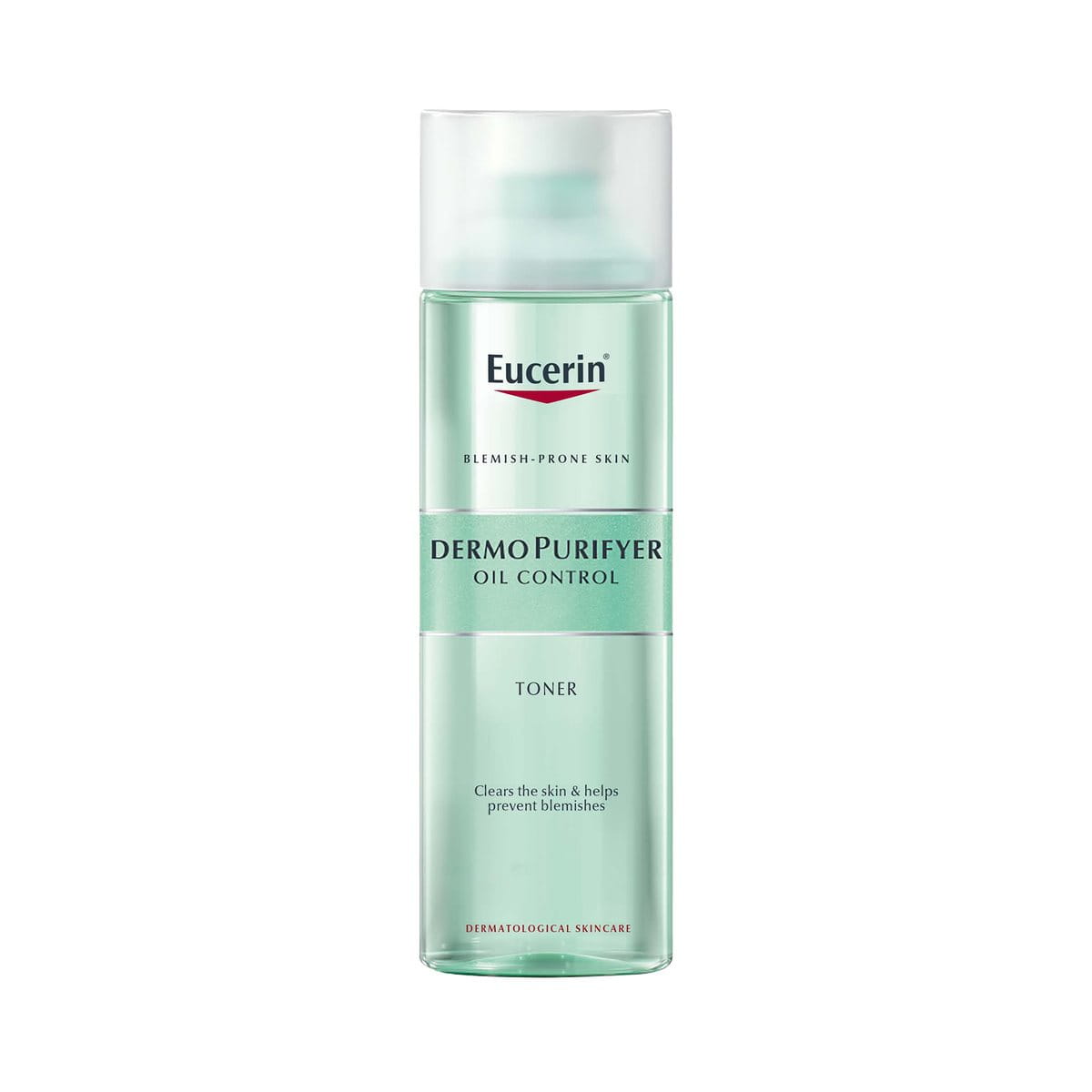Skin cell death is inevitable and a natural process that our body takes on continually throughout an individual's life. The old mutated cells die while the new ones spruce up, ready to take on the day. But what happens when there is a shift in this dynamic, which slows down the shedding of the old that was supposed to make way for the new? Well, the simple answer is you get “buildup”.
This circumstance of dead skin cells accumulated at the surface of your skin can trigger a cascade of inflammation, resulting in skin conditions much like acne. Hence, it is essential to know how to remove dead skin from the face if you aspire to flaunt smooth, even-textured skin daily. Allow us to illustrate the subject in the article below.
Keynotes:
- Dead skin cells are a natural part of the skin's renewal process; however, when this slows down, it can lead to a buildup on the surface of the skin.
- An accumulation of dead skin cells can trigger inflammation, leading to problems like acne, and can make skin appear dull, flaky, and uneven in texture.
- Two ways to get rid of dead skin on the face include physical exfoliation and chemical exfoliation.
- Build a gentle yet effective skincare routine to protect the skin and support its natural shedding process.





